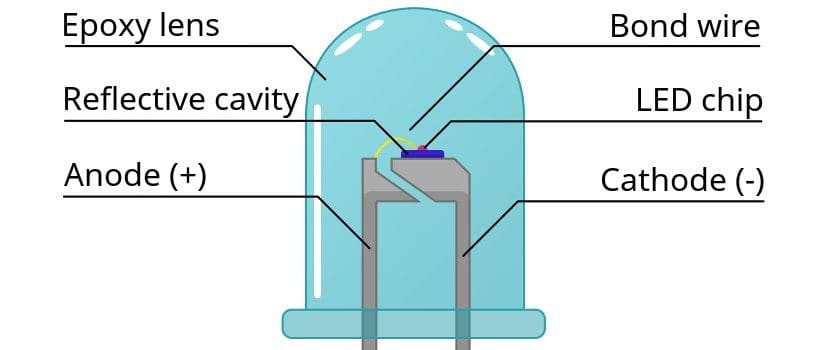


The other part is time efficiency: A good-quality LED bulb theoretically can have a life span of 25,000 hours or more, while incandescent bulbs have a 1,000-hour life span. The CFL, though, has its own problems, primarily the inclusion of toxic mercury in the design and a strange, sometimes unpleasant color that even gives some people headaches.īut energy efficiency is just part of the story.

When the new lighting standards began in 2012, prime replacements for the incandescent light bulb were the higher-efficiency compact fluorescent lamps (CFL) and the light emitting diodes (LEDs). The inefficient incandescent, where 90 percent of its energy is given off as heat, had fallen out of favor with the financially and ecologically concerned. Although the act didn't ban the use, purchase, sale or manufacture of incandescent bulbs, it did require household light bulbs to have 25 percent greater efficiency (which means 25 percent less energy use) than the traditional bulbs that used between 40 and 100 watts of electricity. Bush signed the Energy Independence and Security Act of 2007. The light bulb that has lit up our homes since the 1800s was officially on its way out after former President George W. LED lights come in a variety of shapes and sizes.


 0 kommentar(er)
0 kommentar(er)
